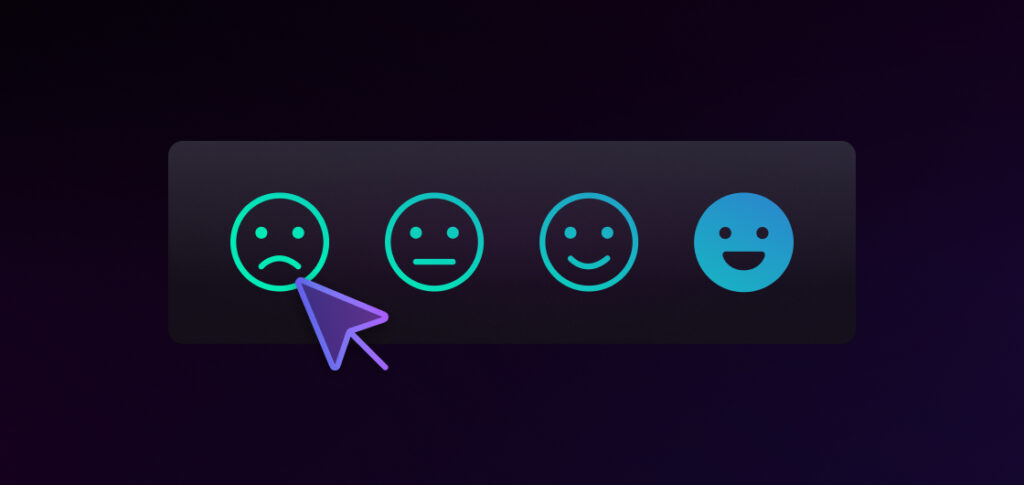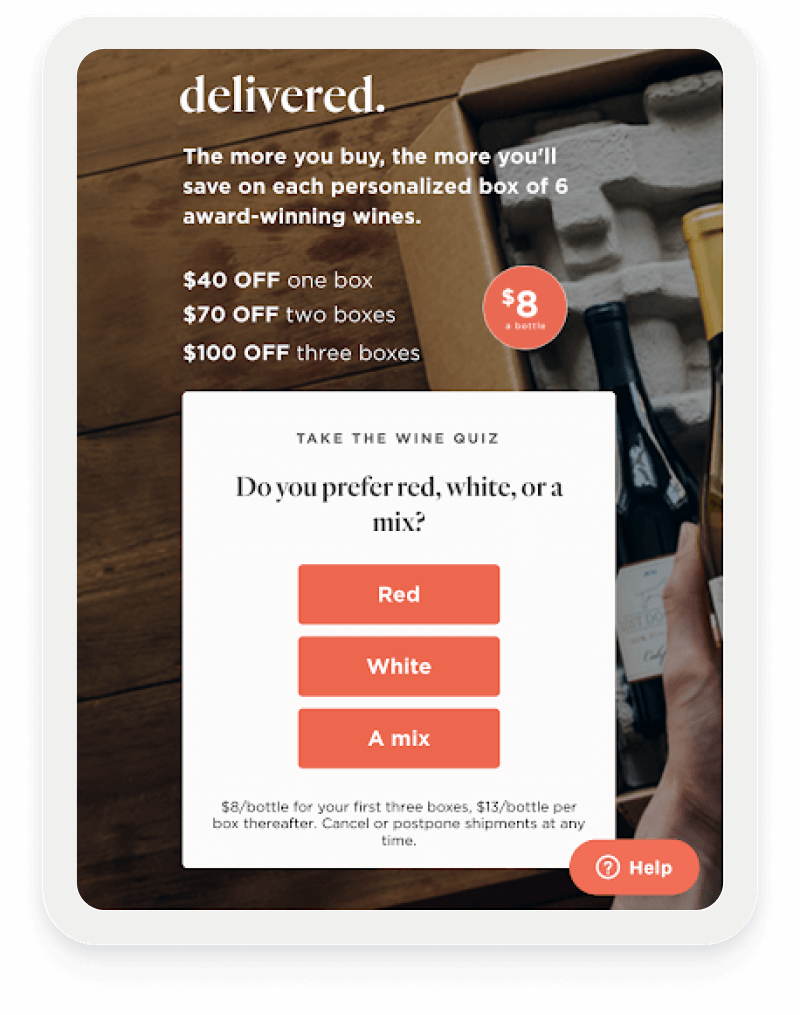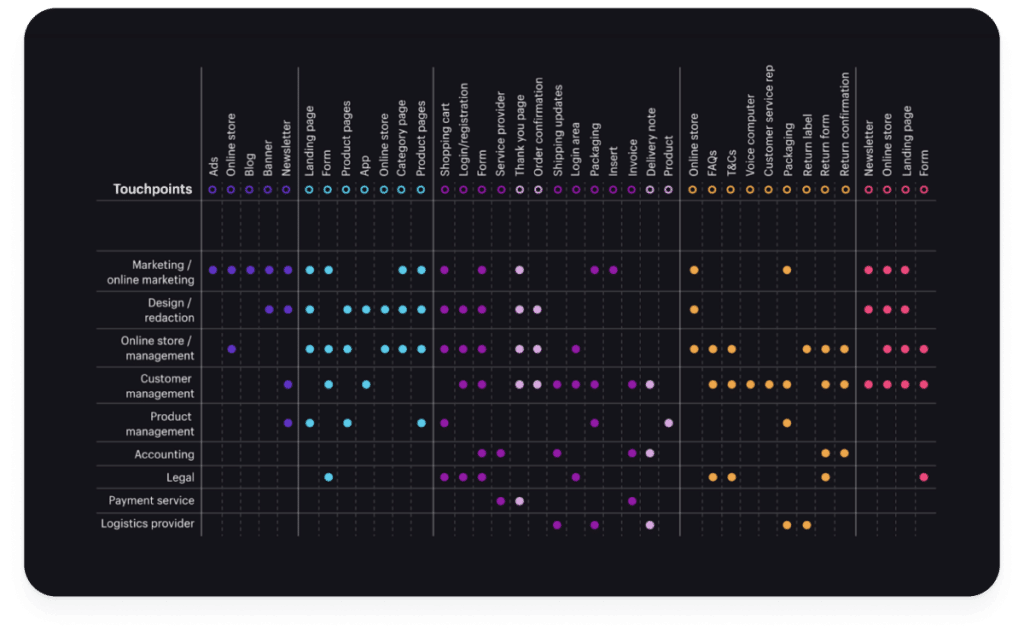
- Customer Experience
15 Bad Customer Experience Examples (and How to Fix Them)
Lindsay Kolinsky | Mar 17, 2025
Feb 2, 2022 | 5 minute read

Matt Goodman
Co-founder, CEO
The food and beverage industry has been successfully embracing digitization in the last five years. There has been a consistent trend of increased revenue driven from ecommerce sales since 2017, and it’s projected that by 2025 online sales will make up 15-20% of overall sales within this industry. For new players in the food and beverage space, there’s no better time to step into the DTC arena than now. In this blog post, we’ll explore ways you can leverage personalization to connect with your current and prospective customers.
We’re far past the idea that simply addressing a consumer by their first name suffices as personalization in this day and age. Instead, we see personalized product recommendations, social messaging, website experiences, and countless other personalized customer touchpoints. This trend offers a wide range of opportunities to speak directly to consumers for DTC merchants. If you want to do this effectively, though, you’ll need to hone in on initiatives that align with your overall digital framework, strategy, and, most importantly, your customer journey.
The effects of COVID-19 didn’t just transform consumer purchasing behaviors — it evolved the nature of eCommerce and online shopping as we know it. A growing number of merchants are taking an omnichannel approach. With 86% of consumers expecting you to recognize them as they move from channel to channel, optimizing your omnichannel strategy to create unique and unified experiences for shoppers is key.
As the internet becomes more privacy-centric, the need to capture zero-party data has become increasingly prevalent. Zero-party data — which is data a customer intentionally shares with you — creates reciprocity between your brand and the customer. When a customer provides you with valuable data, they expect a personalized experience in return. Here are a few ways you can capture zero-party data while simultaneously offering a unique experience:

Integrating quizzes that offer personalized recommendations into your digital framework is an excellent way to create a fun experience that also helps you collect crucial customer data. For example, DTC wine brand First Leaf’s entire business model is based on personalization. They leverage quizzes and tests to help shoppers narrow down potential wine selections, ultimately offering consumers a customized option they’re more likely to enjoy. For brands in the food and beverage space, this practice is a great opportunity to get creative on quiz presentations. Here at Vaan, we put a strong emphasis on reinforcing brand recognition when we partner with companies to build customized quizzes. It’s essential that everything including font styles, branded colors, and even copy are cohesive to the overall user experience.
If you’ve been on any website in the past two years, it’s almost a guarantee you’ve interacted with, or at least seen, a chatbot. Since chatbots are a customer service solution using a combination of both technology and human interaction, they’ve become popular tools for steering personalized experiences for online visitors. Implementing a chatbot to boost your customer service quality is a no-brainer when 74% of users prefer them for asking quick questions. Plus, chatbots are advantageous for collecting valuable data from your customers!
Reviews play a major role in customers’ decision-making process. Almost 70% of online shoppers lean on reviews prior to making a purchase, so you can extend the customer lifecycle by leveraging reviews that are meaningful and personalized to your shoppers. You might wonder, how do we retrieve the kind of information that can provide further insight into our customer’s wants and needs? You can collect relevant first-party data by asking for it. A review platform like Okendo includes features that allow you to automate the process of collecting review information post-purchase and customize it to the buyer. Once you have relevant data, you can begin building attributes specific to the product and even the customer.
Collecting data is only one step toward powering personalized experiences for your customers. When taking the omnichannel approach, you are constantly collecting information about consumers from various places. Unifying the data enables you to build strong consumer profiles and ensure you craft consistent experiences across multiple channels. Our advice? Find a customer data platform that allows you to fuse your various data sources into one location. Doing so will allow you to analyze customer data in a digestible way. From segmentation to customer journey mapping, data unification makes personalization easier to scale.

Knowing your customers’ journey is paramount to executing their personalized experiences. If you want to improve interactions with your customers, you must first know where those interactions actually take place. By creating defined customer touchpoints, your brand can capitalize on different opportunities and further optimize the customer journey.
Personalization isn’t going anywhere. In fact, personalization technology is evolving every year, and as customer expectations continue to rise, you’ll need to meet them where they’re at. For new food and beverage brands in the DTC space, it’s imperative that you deepen your understanding of your consumers now more than ever.
Related articles
Ready to learn more?